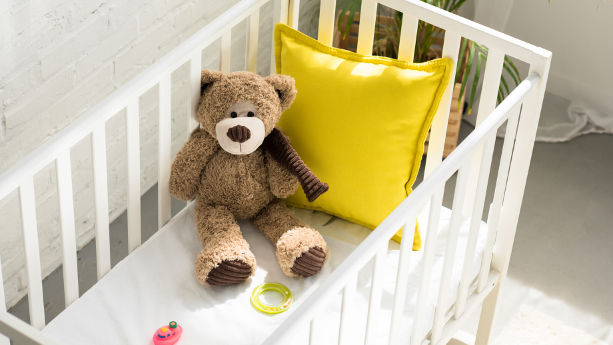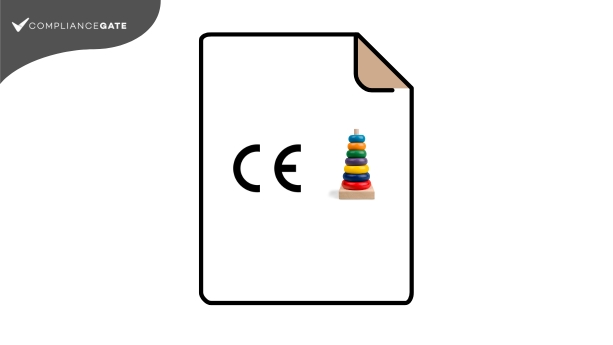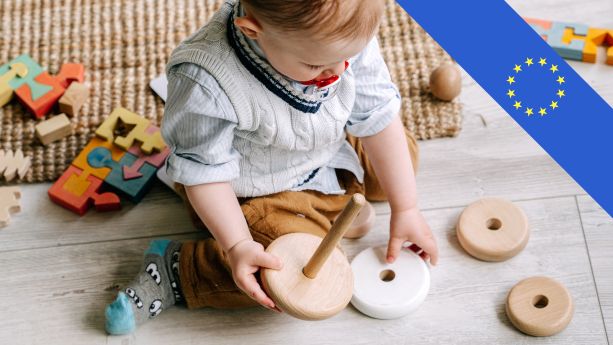Issuing a Children’s Product Certificate (CPC) is mandatory when importing or manufacturing toys and other children’s products in the United States. Doing so requires that you know how to correctly input information about the product, your company, and the CPSC-accepted lab testing company that has tested your products.
In this guide, you will learn what to include in your CPC while avoiding some of the more common mistakes we’ve encountered.
Continue reading CPSIA Children’s Product Certificate (CPC): A Practical Guide



























